The Beretta Nano is a compact handgun developed for concealed carry. It has a fiberglass-infused “technopolymer” frame and a Pronox finished slide. The Bronx is a form of ferritic nitrocarburizing finish similar to Tenifer (as used on for example Glock pistols) and Melonite (as used on for example Springfield Armory XD and Smith & Wesson M&P pistols). The sights on the Nano are low-profile 3-dot sights.
The 9mm version of the Nano holds 6 rounds of ammunition in a single-column box magazine, for a total capacity of 7 if the pistol is chambered and the magazine is fully loaded.

Beretta has been in the business of satisfying the demands of military and civilian firearms customers for almost 500 years. That is a long time for a family-owned business or any other business for that matter.
Firearms design has certainly changed over the years, and Beretta has not only kept up but also been a leader in innovation. It was hardly a surprise when Beretta won what may be considered the most coveted handgun purchasing contract in the world. In 1985, the United States military selected the Beretta 92 as its official sidearm, renaming it the M9 and replacing the venerable .45-caliber Model 1911.
While military contracts have played a significant role in Beretta’s history, it has also been very much involved in the civilian market and made several small pocket pistols over the years. Today, the company caters to the needs of its concealed-carry customers with truly innovative designs using the latest in technological advancements and modern materials.
The Nano was designed with a removable serial-numbered chassis separate from the frame, an unusual feature notably also found in the SIG Sauer P250-series pistols. This allows the owner to customize their grips with multi-colored frames without replacing the component that legally constitutes a firearm.[2]
Designed to be used as a concealed carry self-defense weapon, the Nano has no external slide lock or release. Additionally, the Nano has no external safety. The absence of these protruding controls reduces the likelihood of the weapon snagging on clothing during an occasion where a quick and clean draw is required. The slide locks in a rear position after the magazine have been emptied. A loaded magazine must then be installed, or the empty magazine withdrawn, and the slide must be pulled rearward, in order to cycle the slide completely.
some passed problems faced by the nano
Early owners of the Nano[who?] voiced concern about an intermittent failure to eject (FTE) while using lower quality ammunition with 115-grain bullets. Some users of the Nano counter that 115-grain ammunition would seldom if ever, see service in the Nano as it is employed to its intended purpose of a concealed carry defensive weapon, although 115-grain ammunition is frequently used in training and range shooting.
Many add that the Nano has rated for 9mm +P ammunition, and as such requires ammunition heavier than 115 grains to function as designed, although Beretta did not mention this in the owner’s manual or in any of its marketing materials. Most Nano owners agree that the pistol functions best on ammunition with bullets of 124 grains or heavier, and this opinion is seconded by many representatives of Beretta USA.
The Nano is not available for retail sale in the state of California, as it does not meet handgun roster requirements
Easy to Use and Maintain
The Nano gives you easy assembly and disassembly, plus adjustable sights (no gunsmithing required) that allow you to always get on target even when you change ammo brands or weight. Also, the magazine-release button on the Nano can be easily reversed for left-handed use. In short, ergonomics, size, modular structure and power make the Nano the best-in-class concealed-carry and self-defense pistol. Made in USA.

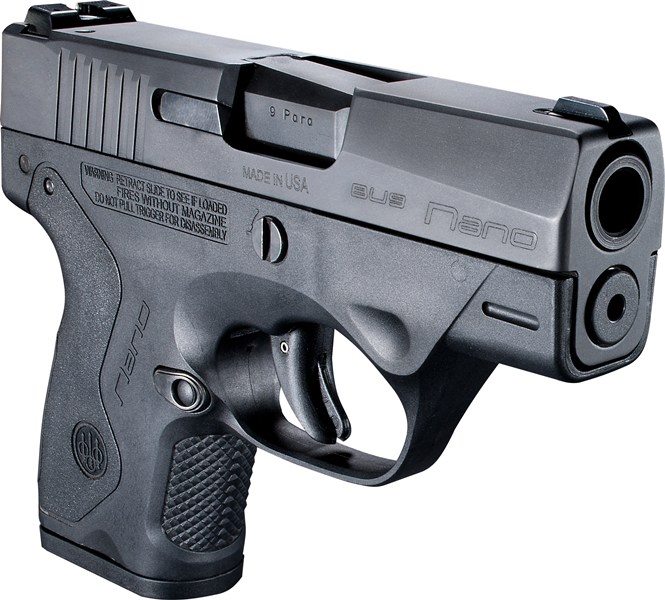
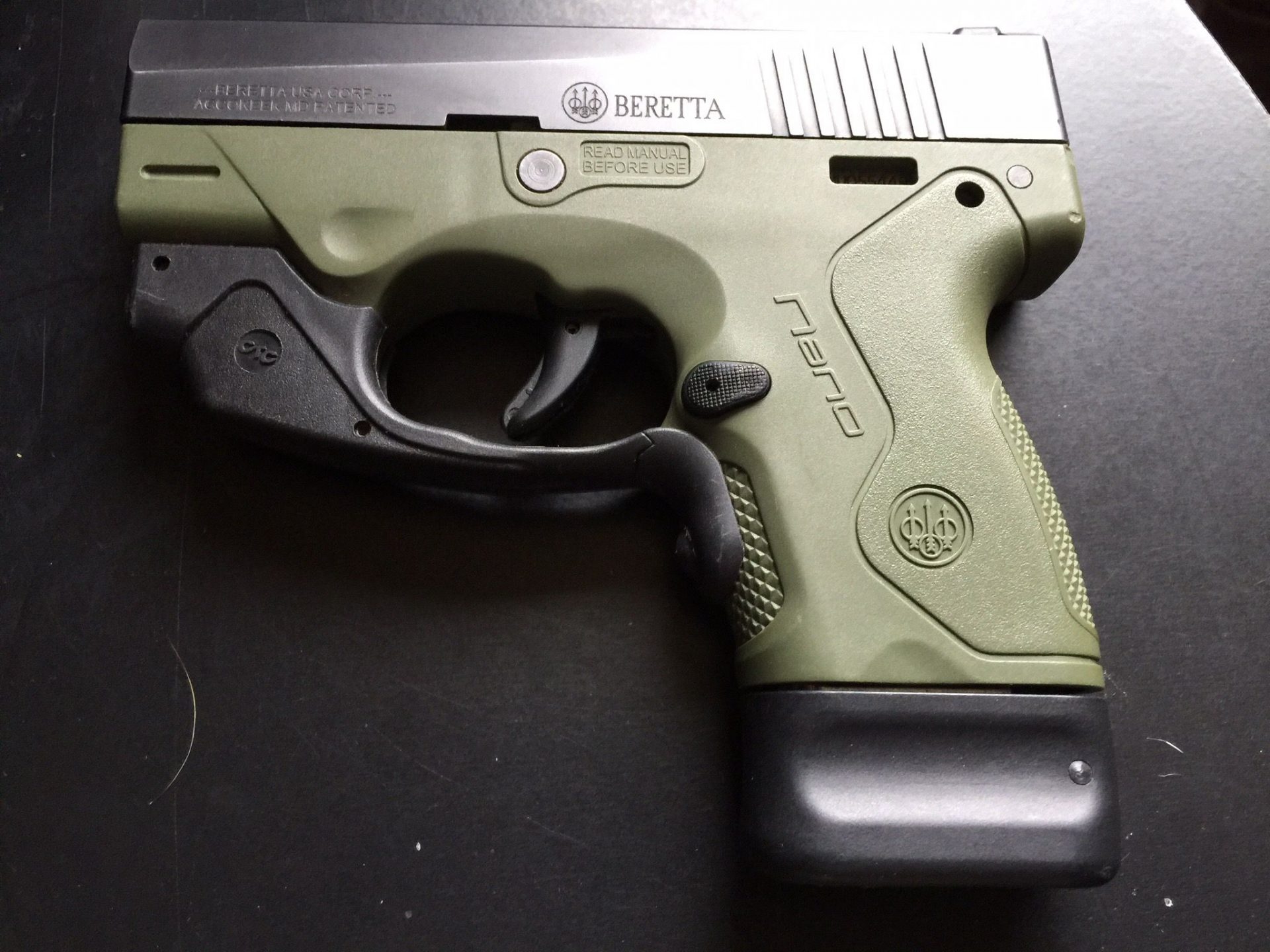
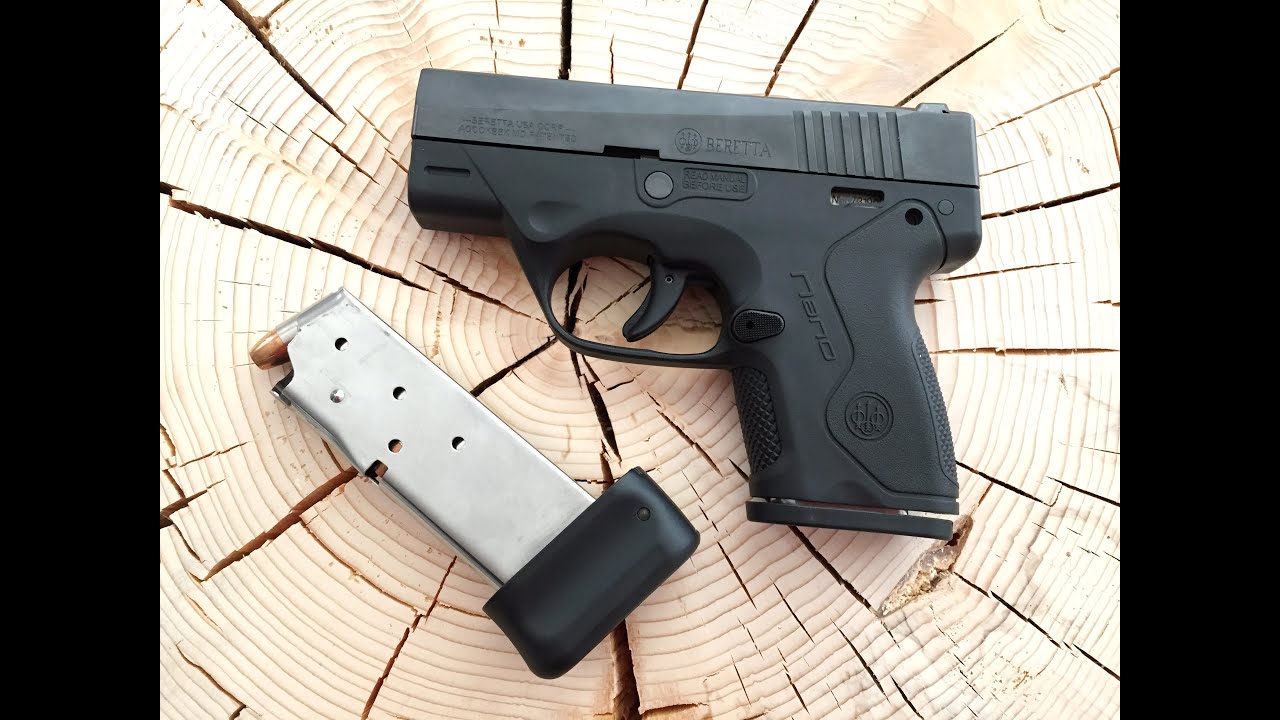
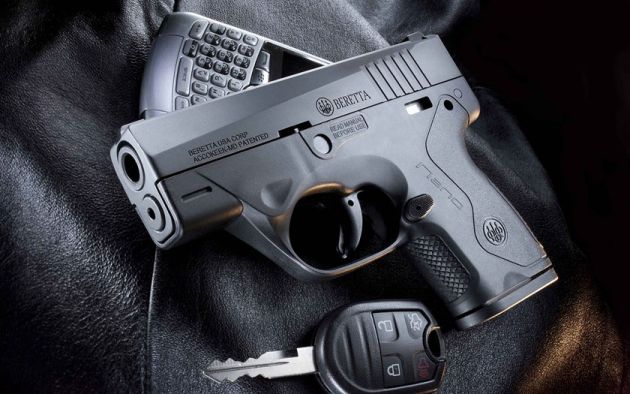


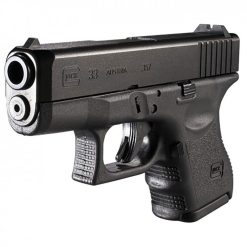
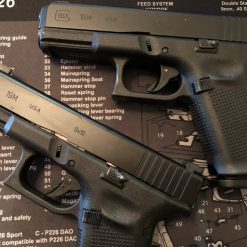
Reviews
There are no reviews yet.